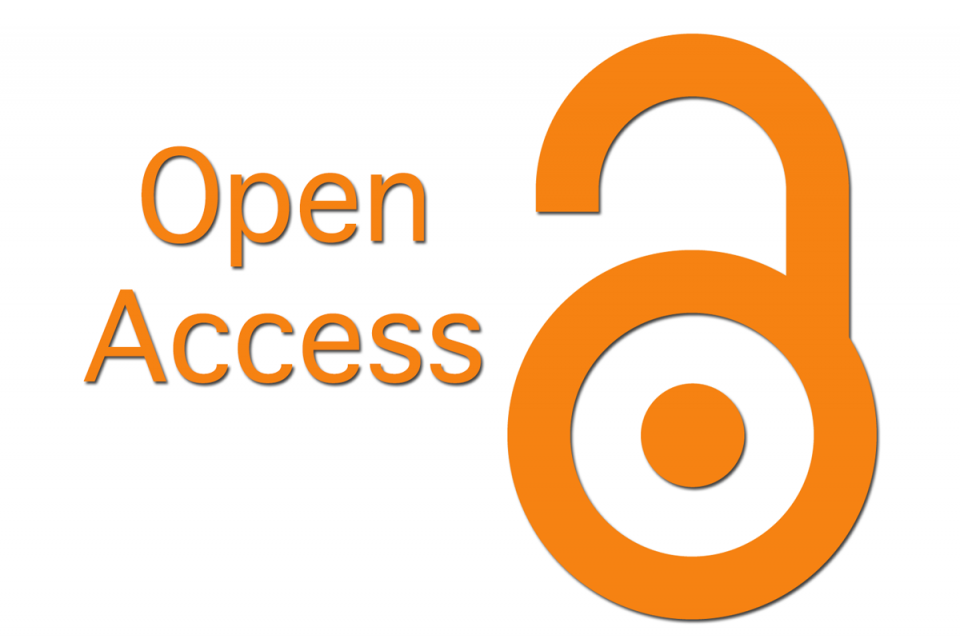Teasing Humor: A Tapestry of Power and Solidarity Embedded in Banter of Pakistani University Friends’ Circles
DOI:
https://doi.org/10.48047/HM.10.2.2024.2087-2105Keywords:
Teasing Humor, Power, Solidarity, Jabberwocky and NitpickingAbstract
This study explores the gender dynamics of teasing humor by examining the expressions of banter in masculine jabberwocky and feminine nitpicking of Pakistani university friends’ circles, unleashing power dynamics and solidarity. Drawing upon qualitative data collected from recording of conversations within university settings, the study investigates the ways in which teasing humor manifests differently based on gender. The model on functions of humor is taken as a lens for the analysis of conversations given by Hay (2000). Masculine jabberwocky is characterized by playful banter, sarcastic remarks, and competitive teasing, often directed at specific individuals or groups. It reinforces traditional masculine norms by emphasizing assertiveness, camaraderie, and a sense of playful dominance. In contrast, feminine nitpicking involves teasing humor that focuses on minor flaws, peculiarities, or personal habits in a lighthearted and playful manner. It is often expressed through attention to detail, highlighting care and nurturing within female friendships. The findings highlight the existence of gendered patterns of power and solidarity in teasing humor within university friend's circles, reflecting broader societal expectations and stereotypes surrounding masculinity and femininity.
Downloads
References
Attardo, S., & Raskin, V. (1991). Script theory revis (it) ed: Joke similarity and joke representation model.
Attardo, S. (2001). Humorous Texts: A Semantic and Pragmatic Analysis. Berlin: Mouton de Gruyter.
Bales, R. F., & Parsons, T. (2014). Family: Socialization and interaction process. routledge.
Chen, G. H., & Martin, R. A. (2007). A comparison of humor styles, coping humor, and mental health between Chinese and Canadian university students.
Drew, P. (1987). Po-faced receipts of teases.
Du Bois, J. W. (1991). Transcription design principles for spoken discourse research. Pragmatics. Quarterly Publication of the International Pragmatics Association (IPrA), 1(1), 71-106.
Ervin-Tripp, S., & Lampert, M. D. (1992, April). Gender differences in the construction of humorous talk. In Locating power: Proceedings of the second Berkeley women and language conference (Vol. 1, pp. 108-117). Berkeley Women and Language Group, University of California Berkeley.
Fink, E. L., & Walker, B. A. (1977). Humorous responses to embarrassment. Psychological Reports, 40(2), 475-485.
Gironzetti, E. (2017). Prosodic and multimodal markers of humor. In S. Attardo (Ed.), The Routledge handbook of language and humor (pp. 400–413). New York: Routledge.
Gironzetti, E. (2017). Multimodal and Eye-tracking Evidence in the Negotiation of Pragmatic Intentions in Dyadyc Conversations: The Case of Humorous Discourse.
Goodman, K. R. (1992). The Sign Speaks: Charlotte von Stein's Matinees. the Shadow of Olympus: German Women Writers around 1800, 71-93.
Hay, J. (1994). Jocular abuse patterns in mixed-group interaction (Vol. 6, pp. 26-55). Wellington Working Papers in Linguistics.
Hay, J. (2000). Functions of humor in the conversations of men and women. Journal of pragmatics, 32(6), 709-742.
Kotthoff, H. (1998). Irony, quotation, and other forms of staged intertextuality. University of Konstanz. URL: http://w3. ub. uni-konstanz. de/v13/volltexte/2000/471/pdf/471, 1.
Merriam-Webster. (n.d.). Jabberwocky. In Merriam-Webster.com dictionary. Retrieved July 20, 2023, from https://www.merriam-webster.com/dictionary/Jabberwocky
Merriam-Webster. (n.d.). Nitpicking. In Merriam-Webster.com dictionary. Retrieved June 03, 2023, from https://www.merriam-webster.com/dictionary/nitpicking
Norrick, N. R. (1993). Conversational joking: Humor in everyday talk. Indiana University Press.
Partington, A. (2008). Teasing at the White House: A corpus-assisted study of face work in performing and responding to teases.
Qiu, J., Chen, X., & Haugh, M. (2021). Jocular flattery in Chinese multi-party instant messaging interactions. Journal of Pragmatics, 178, 225-241.
Schmidt, R. L. (2005). Urdu: An essential grammar. Routledge.
Silverstein, J. L. (1997). Acting Out in Group Therapy: Avoiding Authority Struggle. International journal of group psychotherapy, 47(1), 31-45.
Talbot, M. (2003). Gender stereotypes: Reproduction and challenge. The handbook of language and gender, 468-486.
Ziv, A. (1984). Personality and sense of humor. (No Title).
Downloads
Published
Issue
Section
License
Copyright (c) 2025 Author

This work is licensed under a Creative Commons Attribution 4.0 International License.
You are free to:
- Share — copy and redistribute the material in any medium or format for any purpose, even commercially.
- Adapt — remix, transform, and build upon the material for any purpose, even commercially.
- The licensor cannot revoke these freedoms as long as you follow the license terms.
Under the following terms:
- Attribution — You must give appropriate credit , provide a link to the license, and indicate if changes were made . You may do so in any reasonable manner, but not in any way that suggests the licensor endorses you or your use.
- No additional restrictions — You may not apply legal terms or technological measures that legally restrict others from doing anything the license permits.
Notices:
You do not have to comply with the license for elements of the material in the public domain or where your use is permitted by an applicable exception or limitation .
No warranties are given. The license may not give you all of the permissions necessary for your intended use. For example, other rights such as publicity, privacy, or moral rights may limit how you use the material.







